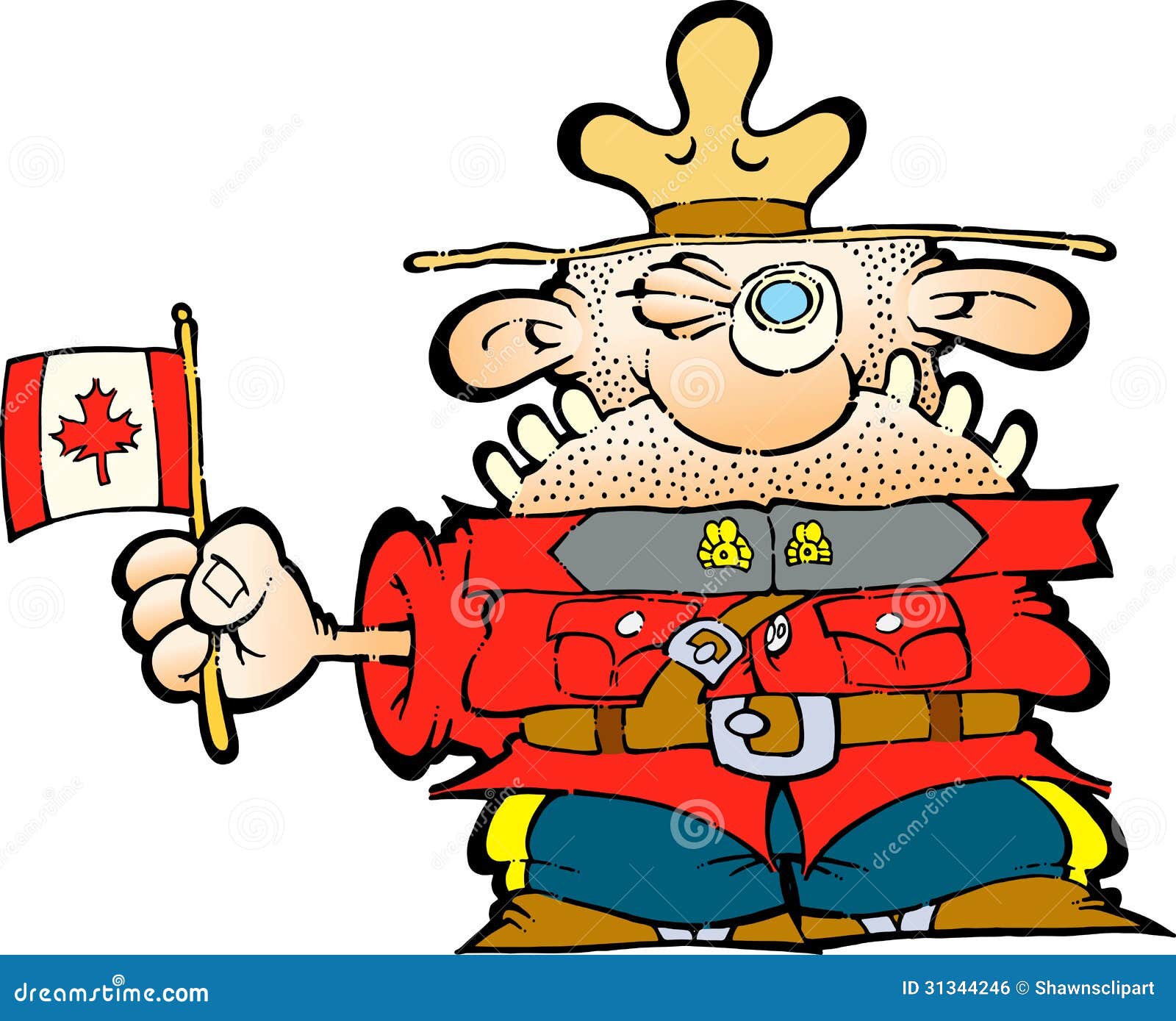

Still, it was one thing to expect their arrival but another to actually deal with them.Īround noon on the 7th, Walsh’s scouts spotted mounted Indians sitting motionless on hilltops, watching them–a sign that an Indian camp was nearby. It had only been a matter of time before Sitting Bull and his followers crossed into Canada. military operations against the Sioux and Cheyenne were likely to drive hostile Indians north across the border. If so, the NWMP, especially the 90-odd men Walsh commanded at Fort Walsh, would have no small task preserving law and order in the border country south and east of the Cypress Hills, in what would become the provinces of Alberta and Saskatchewan.Įven before the Battle of the Little Bighorn, Walsh and the other Mounties had realized that the U.S. According to Walsh’s two Métis (mixed-blood) scouts, this was Sitting Bull’s trail. The Indians had crossed into Canada’s North-West Territories close to where the White Mud–or Frenchman’s–River flowed down into Montana.

A good-sized band had passed over this ground. The trail led up from the Montana border, about 50 miles to the south. Walsh, a sergeant and three troopers followed an Indian trail to the dun-colored hills and ravines of Pinto Horse Butte, some 280 miles north of the Little Bighorn. On May 7, 1877, some 11 months after Custer’s bloody disaster, 34-year-old NWMP Major James M. By the following summer, Sitting Bull was lodged in Canada, where the scarlet-clad lawmen would have a close and occasionally dangerous association with him for about four years.
#Canada mounty free
Sitting Bull had not played a significant role in the actual fighting–it was not his place to fight like one of the young braves, and chiefs did not direct the movements of warriors–but the defiant Hunkpapa chief was well-known as a wise and powerful leader who wanted to be free to roam and hunt buffalo. Cavalry Regiment near Montana Territory’s Little Bighorn River on June 25, 1876.

The Canadian Mounties, originally called the North-West Mounted Police (NWMP), were less than 3 years old when Sitting Bull’s Sioux killed or wounded more than half of Lieutenant Colonel George A.


 0 kommentar(er)
0 kommentar(er)
